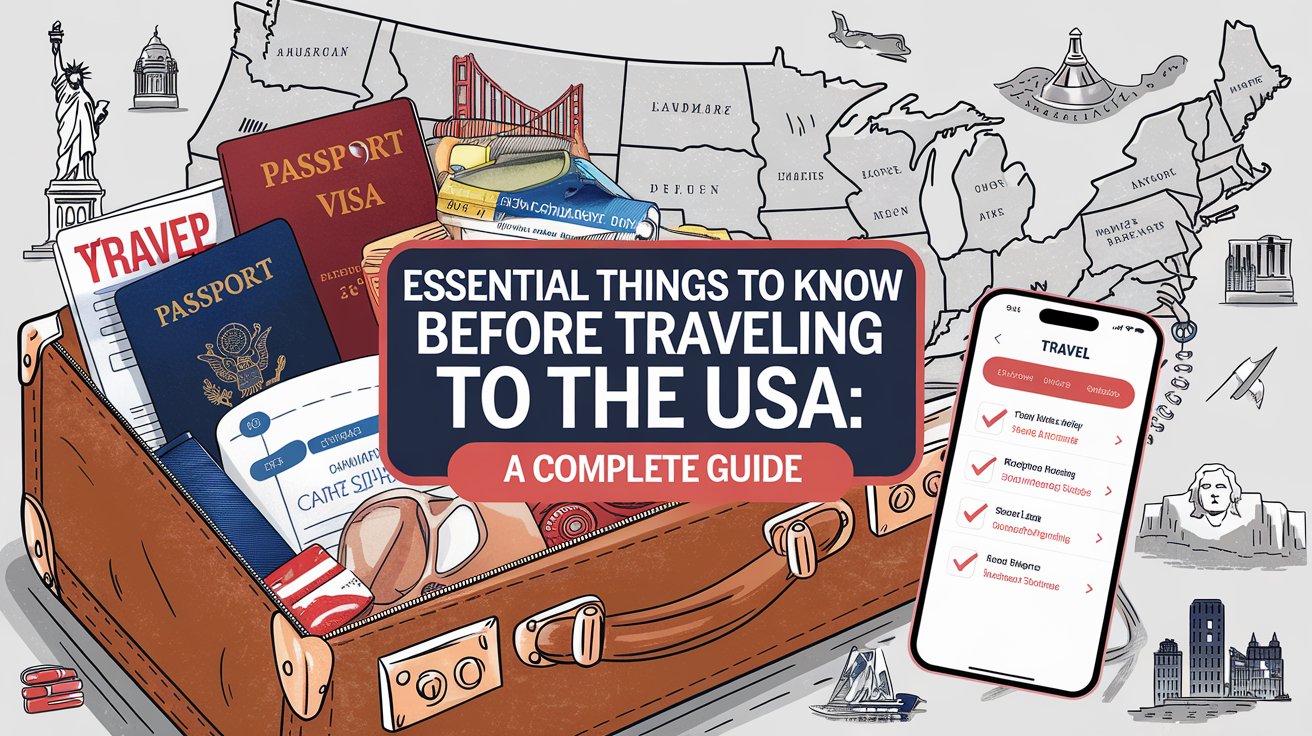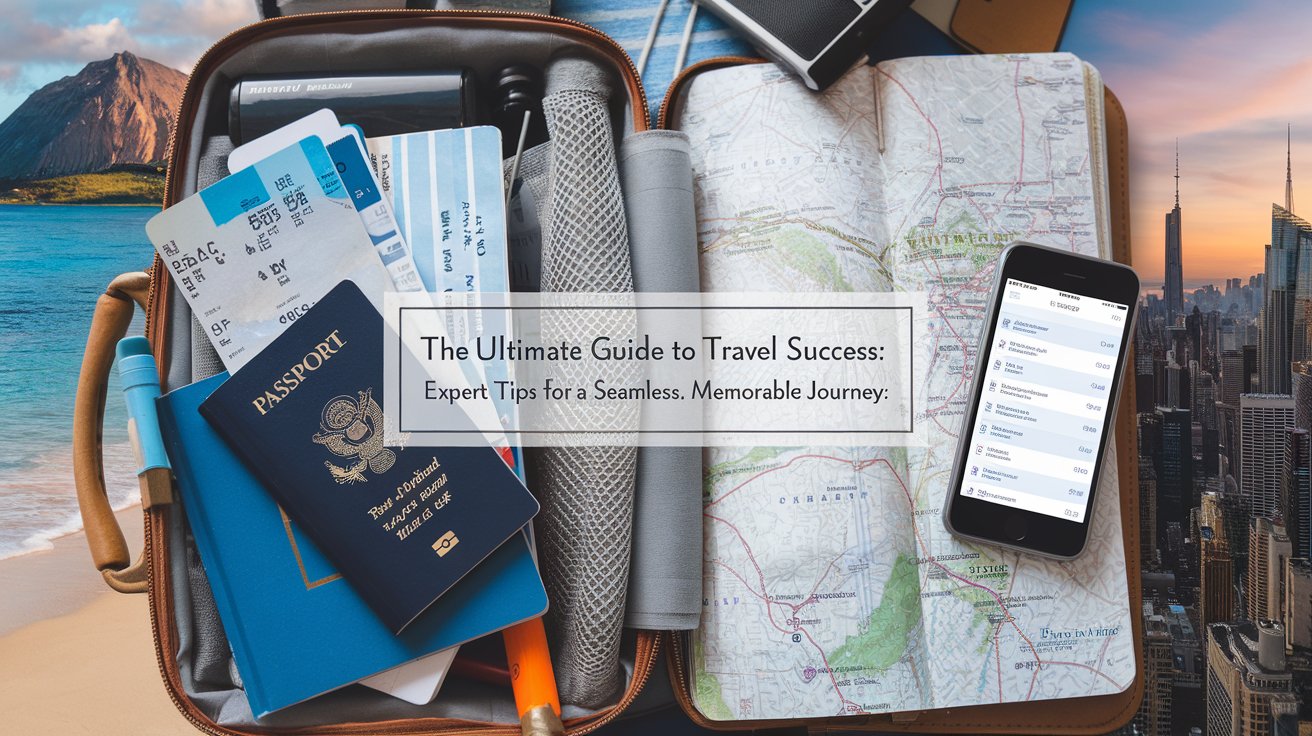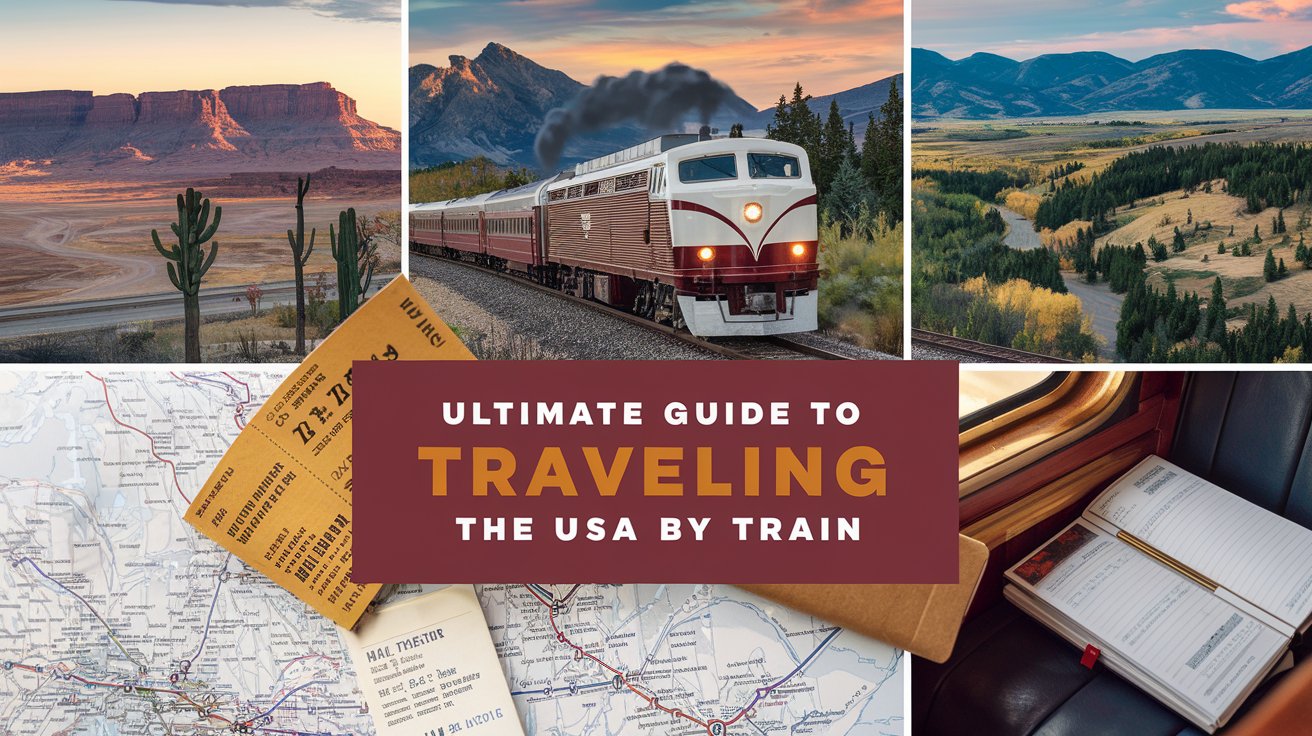The United States offers a vast range of travel experiences, from bustling urban centers to breathtaking natural landscapes, making it a top destination for international travelers. Whether this is your first visit or you’re returning for new adventures, there are key aspects of travel to consider, from visa requirements to navigating local customs. This guide covers everything you need to know for a seamless journey, helping you understand essential entry requirements, regional cultures, transportation, and travel tips that enhance your experience in the U.S.
Table of Contents
U.S. Visa and Entry Requirements
Different Types of Visas: Which One Is Right for You?
For most visitors, a visa or Electronic System for Travel Authorization (ESTA) approval is required to enter the U.S. The type of visa you need will vary depending on your travel purpose and duration. Here are the primary visa types for short-term travelers:
- Tourist Visa (B-2): Intended for those visiting the U.S. for leisure, sightseeing, or visiting family. The B-2 visa generally allows stays of up to six months.
- Business Visa (B-1): This visa is designed for those attending conferences, meetings, or conducting short-term business. Like the B-2 visa, it typically permits a stay of up to six months.
- Student Visa (F or M): Required for individuals enrolled in an academic or vocational program in the United States.
The Visa Waiver Program (VWP) allows citizens of certain countries to enter the U.S. without a visa for up to 90 days for tourism or business. However, you must obtain an ESTA prior to departure, which is a streamlined, online application that provides travel authorization.
Pro Tip: Apply for a visa or ESTA well in advance, as processing times can vary based on demand and additional review requirements.
Health and Travel Insurance: A Critical Aspect of U.S. Travel
Understanding the U.S. Healthcare System
Healthcare in the United States is among the most advanced in the world but is also one of the most expensive. A quick visit to the emergency room can lead to substantial bills, making health insurance coverage a necessity for international visitors.
- Emergency Medical Coverage: Essential to cover unexpected accidents, illnesses, or medical emergencies.
- Repatriation Insurance: Covers the cost of returning to your home country in the event of severe illness or injury.
- Trip Cancellation Insurance: Protects you from financial losses if you need to cancel or reschedule due to unforeseen circumstances.
Ensure your insurance plan explicitly covers medical expenses in the U.S. Many travelers find it beneficial to purchase supplemental travel insurance if their domestic plan doesn’t cover them abroad.
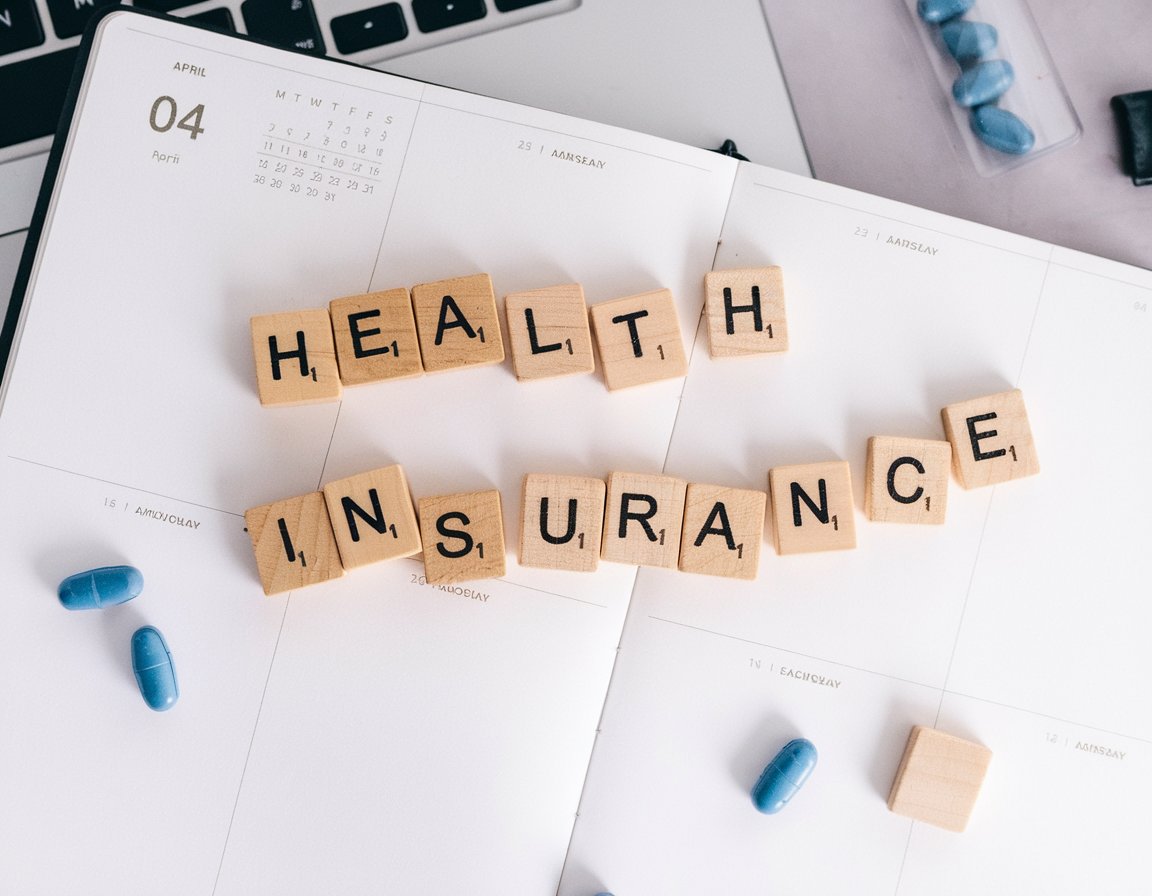
Currency, Payments, and Tipping Practices in the U.S.
Using the U.S. Dollar and Payment Methods
The U.S. Dollar (USD) is the official currency. We recommend exchanging some currency before arrival to cover immediate expenses like transportation. Credit and debit cards are widely accepted throughout the country, but some rural or small businesses may only accept cash.
Tipping Culture in the U.S.
Tipping is customary in the United States and is often expected in service industries. Here’s a general guideline for tipping:
- Restaurants: 15-20% of the total bill is considered standard.
- Bars: $1-2 per drink or 15-20% of the total.
- Taxis and Ride-Sharing: 10-15% of the fare.
- Hotel Staff: $1-5 per service, such as room cleaning or bellhop assistance.
Failing to tip can sometimes be viewed as disrespectful, so make sure to budget for tips as part of your travel expenses.
Getting Around: Transportation Options in the United States
Renting a Car: What to Know Before You Drive
The United States is vast, and renting a car is often the best option for exploring many areas, particularly in places without extensive public transportation. Ensure you have a valid driver’s license and, if necessary, an International Driving Permit (IDP).
Remember that traffic laws vary by state, so take note of the following general rules:
- Seat Belts: Mandatory for drivers and passengers in most states.
- Speed Limits: Typically range from 55-75 mph on highways, but check local signs.
- Alcohol Limits: The legal blood alcohol limit is 0.08%, though some states enforce stricter regulations.
Parking can also vary greatly; urban areas often charge high fees for parking, whereas rural areas may have free, ample parking.
Public Transportation in Major Cities
Cities like New York, Boston, Chicago, San Francisco, and Washington D.C. offer reliable public transportation networks. These systems include buses, subways, and trains, often making it easy to get around without a car. Many urban travelers use contactless payment options on public transit, so research the local transit app or pass options ahead of your visit.
Ride-sharing apps, like Uber and Lyft, are also widely available and provide convenient transportation alternatives to taxis in most urban and suburban areas.
U.S. Regional Etiquette and Social Norms
Respecting Personal Space
In the U.S., personal space is generally highly valued, and maintaining an appropriate distance when speaking or waiting in line is customary. Unlike in some cultures, close physical contact is less common with strangers. For example, a handshake is typically the go-to greeting in business and casual settings, though close friends may embrace.
Diverse Regional Cultures and Dialects
The United States is a melting pot, and each region has unique customs, accents, and local traditions. Learning about these variations can enrich your experience:
- Northeast: Known for its rich history, fast-paced lifestyle, and distinct New England accents.
- South: Famous for its hospitality, slower pace, and unique regional dialects. Southern culture places emphasis on politeness and formality in conversation.
- West Coast: Generally more relaxed and progressive, the West Coast is a hub for innovation and outdoor adventure.
In some areas, Spanish is widely spoken, particularly in regions with large Hispanic populations, like the Southwest and parts of California, Texas, and Florida.
Climate and Seasonal Considerations for Travelers
Preparing for Regional Climates
Given its size, the United States encompasses nearly every climate zone, from arctic Alaska to the tropical Florida Keys. Here are some general climate insights by region:
- Northeast (New York, Boston): Four seasons, with cold winters and hot, humid summers.
- Midwest (Chicago, Minneapolis): Known for extreme weather; cold winters, often with heavy snowfall, and warm, humid summers.
- South (Florida, Texas): Generally warm year-round, with humid summers and a risk of hurricanes between June and November.
- West Coast (California, Oregon): Mostly mild, with wet winters and dry summers. The coastal regions have a Mediterranean-like climate, while inland areas can get very hot.
- Mountain States (Colorado, Montana): Experience all four seasons, with snowy winters and moderate summers.
Packing Tip: Consider bringing a variety of clothing, especially if you’re visiting multiple regions. Layering is key to adjusting between different climates.
Where to Stay: A Guide to U.S. Accommodations
Booking Hotels and Alternative Lodging Options
Popular online platforms like Booking.com, Airbnb, and Expedia make it easy to reserve accommodations in the U.S. Major hotel chains are present in most cities and offer predictable amenities like Wi-Fi, air conditioning, fitness centers, and breakfast options.
Consider these options depending on your travel needs:
- Luxury Hotels: Available in metropolitan areas, with higher rates.
- Mid-Range Hotels: Common in most regions, offering comfortable, quality service without premium prices.
- Motels: Ideal for road trips, offering basic amenities and typically located near highways.
- Hostels and Budget Hotels: Budget-friendly options, especially in cities popular with young travelers.
- Vacation Rentals: Options like Airbnb allow travelers to book private homes or apartments, suitable for families or groups.
Lodging Rates and Peak Seasons
The U.S. peak travel season is generally in the summer months (June-August) and the winter holidays (December). During these times, rates can increase substantially. To secure the best rates, consider booking well in advance or traveling during the shoulder season (spring and autumn).
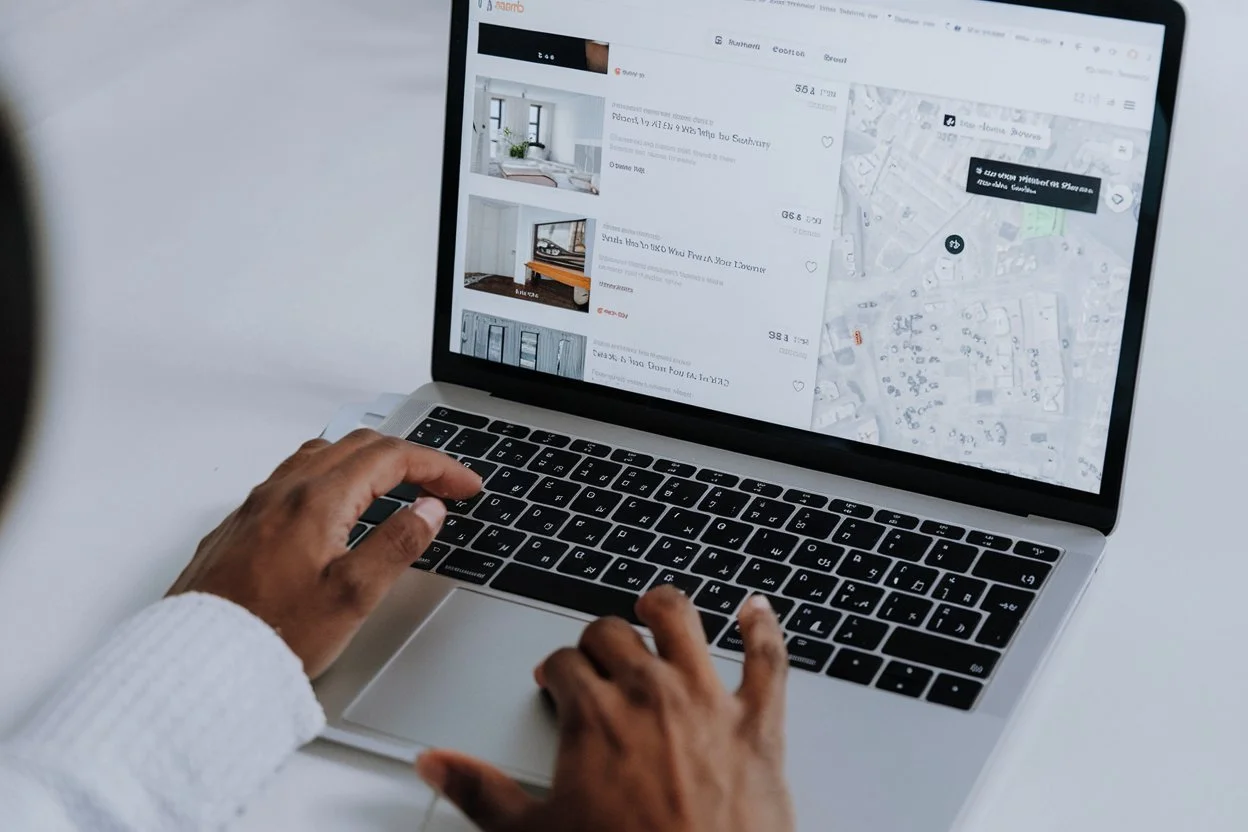
U.S. Safety Tips for International Visitors
Emergency Services and Contact Information
The United States has a 911 emergency number, which is the primary number for police, fire, and medical assistance. Familiarize yourself with this emergency service, and make sure to keep a record of other essential contacts, including your country’s nearest embassy or consulate.
General Safety Tips for Travelers
While the U.S. is generally safe for visitors, urban and rural areas have distinct safety considerations. Here are some universal safety tips to keep in mind:
- Avoid Isolated Areas at Night: Stick to well-lit areas, particularly if you’re unfamiliar with the neighborhood.
- Stay Aware in Crowded Areas: Major cities and tourist attractions can have incidents of pickpocketing. Keep your valuables secure.
- Observe Local Laws and Customs: Laws can vary significantly by state. For example, alcohol consumption laws, public smoking bans, and firearm restrictions differ widely across regions.
Consider downloading emergency or travel safety apps, such as Life360 or Smart Traveler, for added security and quick access to information in case of emergencies.
The U.S. peak travel season is generally in the summer months (June-August) and the winter holidays (December). During these times, rates can increase substantially. To secure the best rates, consider booking well in advance or traveling during the shoulder season (spring and autumn).
This guide to traveling in the United States is designed to give you comprehensive insight into everything you need to know before and during your journey. By understanding visa requirements, planning your health insurance, adapting to local customs, and preparing for climate variations, you’ll be set to fully enjoy your experience across this vibrant, diverse country. Safe travels!
FAQs
Do I need a visa?
Most visitors need a visa or ESTA. Some may qualify for the Visa Waiver Program (VWP) for stays up to 90 days.
How much should I tip?
Standard tipping is 15-20% at restaurants, 10-15% for taxis, and $1-5 for hotel staff.
Is healthcare free?
No, U.S. healthcare is private and costly. Travel health insurance is highly recommended.

